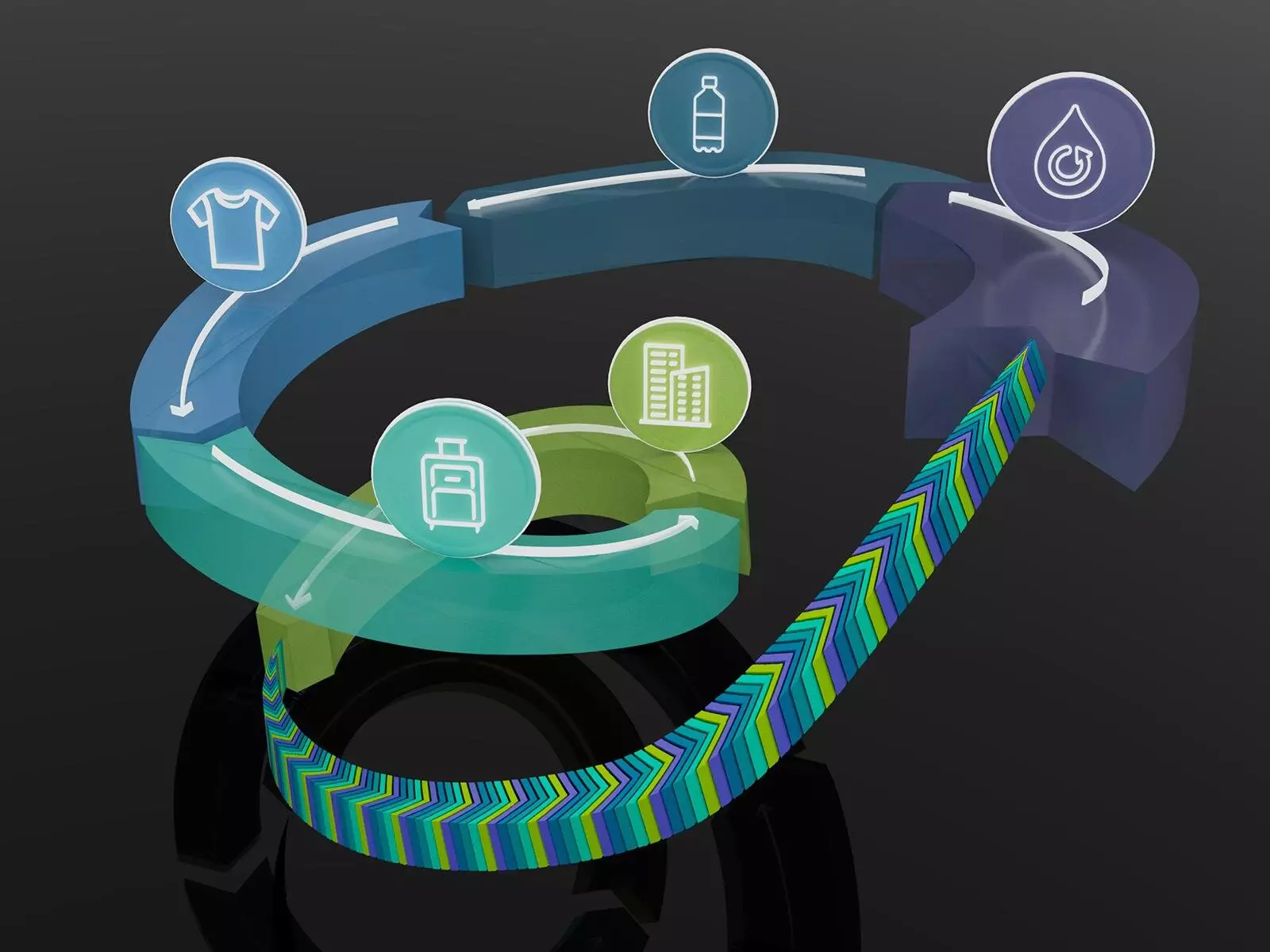One major challenge in the quest for achieving net-zero carbon emissions lies in the hard-to-electrify sectors of the economy. While converting certain parts of the economy to run on electricity generated from renewable sources is a key strategy, there are segments that cannot simply be decarbonized due to their intrinsic nature. Plastics, for example, are ubiquitous in the modern world and are made of carbon-based molecules, making them resistant to traditional decarbonization efforts.
Led by chemist Wendy Shaw of Pacific Northwest National Laboratory (PNNL), a group of researchers has developed a new roadmap to address emissions in these hard-to-electrify sectors. This multi-faceted approach includes the development of non-carbon fuels, sourcing carbon from non-fossil-based materials, and implementing a circular economy where carbon is reused multiple times within various industrial sectors.
According to PNNL Director Steven Ashby, achieving decarbonization goals requires novel and creative solutions. Collaboration across various institutions is essential to accelerating scientific research in catalysis and separations science, which will be key to implementing these solutions in sectors such as aviation, heavy-duty trucking, and marine transportation.
Ideas from a workshop on “Closing the Carbon Cycle” highlighted the importance of advancing carbon recycling and conversion technologies to support a clean energy future. Researchers from multiple national laboratories, including Argonne National Laboratory, Ames National Laboratory, and Lawrence Berkeley National Laboratory, emphasized the significance of carbon recycling and conversion in achieving net-zero emissions by 2050.
Hydrogen and ammonia have emerged as potential carbon-free fuels, but they come with their own set of challenges. The cost of storing and transporting hydrogen, for instance, poses a significant barrier to its widespread implementation. Efforts to develop carrier molecules and materials for safe and affordable hydrogen transportation are crucial to achieving the Department of Energy’s Hydrogen Earthshot goal of producing hydrogen for $1 per kilogram or less.
The roadmap also stresses the importance of utilizing carbon from diverse sources. While carbon remains essential for many economic sectors, circular carbon cycling through the recycling of biomass, food waste, and plastic waste presents a viable solution. Effective separations and conversions are necessary to manage the complex mixtures found in non-fossil carbon streams.
A key focus of the roadmap is the transformation of traditional waste materials into reusable resources. Reactive separations, which combine chemical reactions with purification processes, offer a practical approach to converting non-fossil carbon more efficiently. This integrated industrial approach requires new fundamental science developments to create economic opportunities, educational advancements, and job growth.
The roadmap envisions a future where carbon is treated as a valuable commodity rather than a disposable resource. By implementing sustainable sources of carbon and embracing a circular economy model, the goal of achieving net-zero emissions becomes more attainable. The journey towards a decarbonized future will require innovation, collaboration, and a fundamental shift in how we view and utilize carbon in our economy.


Leave a Reply